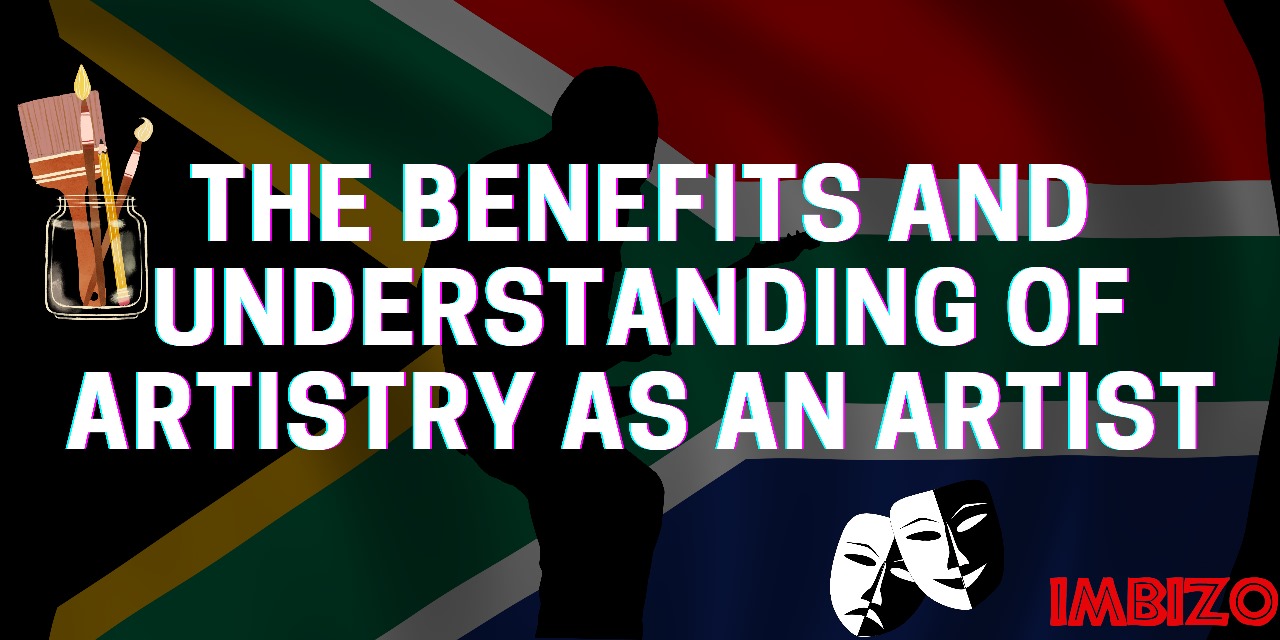Artistry is more than just a skill or profession—it is a way of life. Artists serve as visionaries, storytellers, and cultural custodians, using their creative expressions to inspire, challenge, and shape society. Understanding artistry goes beyond mastering a craft; it involves embracing the deeper purpose of art and recognizing its transformative power. This article delves into the benefits of artistry and the essential components of understanding the artistic journey. Artistry is a journey of exploration, expression, and impact. The benefits of being an artist extend beyond personal fulfillment to cultural preservation, economic opportunity, and societal influence. Understanding artistry means embracing the creative process, valuing discipline, welcoming critique, balancing passion with business, and recognizing the power of community. For those who embark on this path, artistry is not just about making art—it is about shaping the world through creativity and vision.
The Benefits of Artistry
1. Self-Expression and Emotional Well-being
One of the greatest benefits of being an artist is the ability to express oneself freely. Whether through music, painting, writing, or performance, artistry provides an outlet for emotions, thoughts, and experiences that might otherwise be difficult to articulate. This self-expression promotes emotional well-being, helping artists process their emotions and maintain mental health.
2. Personal Growth and Self-Discovery
The artistic journey is deeply personal and fosters self-discovery. Artists constantly push their boundaries, experiment with new ideas, and challenge themselves creatively. This process leads to personal growth, resilience, and a deeper understanding of one’s identity and purpose.
3. Cultural and Historical Preservation
Artists play a vital role in preserving and documenting history, culture, and traditions. Through various mediums, they capture the essence of different eras, social movements, and cultural identities. This not only enriches society but also ensures that future generations have access to diverse narratives and artistic expressions.
4. Economic and Professional Opportunities
Artistry offers a wide range of career opportunities. From visual arts and music to filmmaking and digital media, the creative industry is expansive. Artists can monetize their talents through exhibitions, performances, licensing, brand collaborations, and digital platforms, making a sustainable living while pursuing their passion.
5. Influence and Social Change
Art has the power to provoke thought, inspire change, and challenge societal norms. Many artists use their platforms to address social injustices, advocate for marginalized communities, and bring awareness to critical issues. This makes artistry not just a personal endeavor but also a tool for transformation and progress.
Understanding Artistry as an Artist
1. The Artistic Process and Discipline
Understanding artistry requires acknowledging the effort behind creativity. Contrary to the myth that art is purely spontaneous, artistic excellence demands discipline, practice, and continuous learning. From sketching and rehearsing to refining and perfecting, the creative process is an evolving journey that requires dedication.
2. Embracing Criticism and Growth
Every artist must learn to handle feedback and criticism constructively. Growth comes from understanding different perspectives, refining skills based on constructive critiques, and remaining open to new inspirations and techniques.
3. Balancing Passion and Business
Many artists struggle with the balance between creative passion and financial stability. Understanding artistry means recognizing that success requires both artistic integrity and business acumen. Learning about marketing, contracts, networking, and branding is crucial for artists who want to sustain their careers in the industry.
4. The Role of Inspiration and Influence
Great artists draw inspiration from a variety of sources—nature, culture, history, and personal experiences. Understanding artistry involves appreciating these influences and using them to create original works that reflect one’s unique perspective while acknowledging the artistic lineage that came before.
5. The Power of Collaboration and Community
Art does not exist in isolation. Collaboration with other artists, mentors, and cultural institutions fosters growth and opens doors to new opportunities. Being part of an artistic community provides support, exposure, and a sense of belonging in a field that can sometimes feel isolating.
